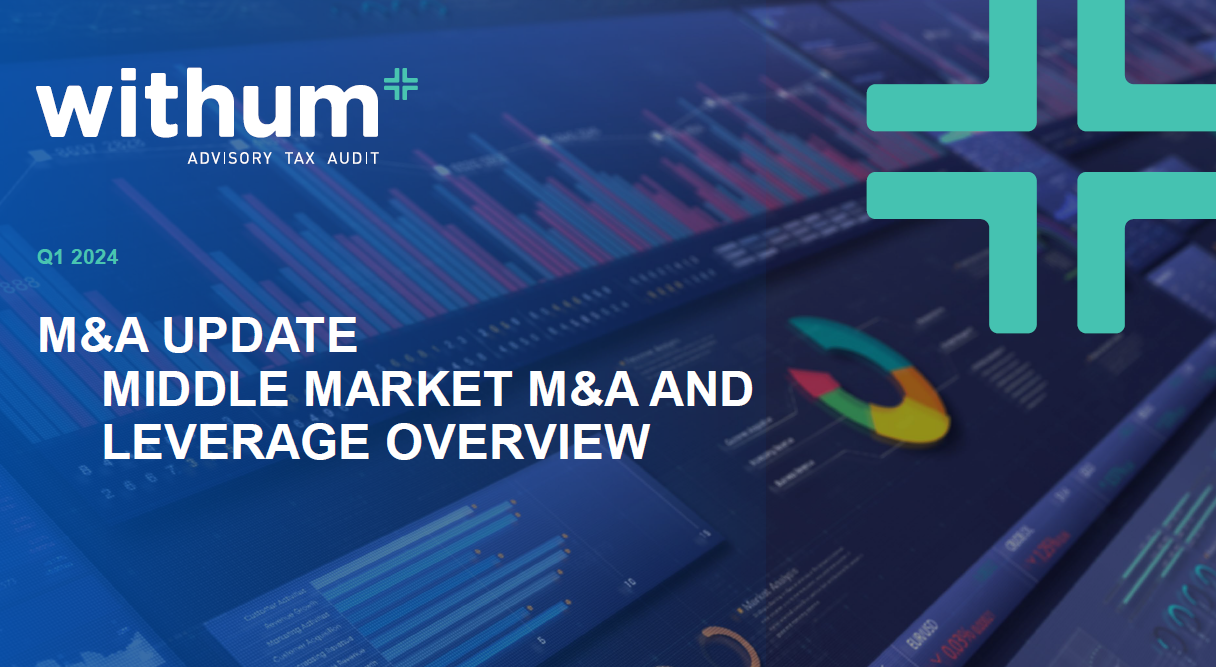The technology sector experienced a sharp upswing in M&A activity in 2021 and through the first half of 2022 with approximately 8,200 deals and $1,075 billion in volume, which represented 20% of the total M&A market in 2021 [1]. Activity cooled in the last half of 2022, with deal volume in the technology sector down 22% and total deal value down 36% in 2022 compared to 2021 [2]. Activity has remained down through the early months of 2023. The slowdown in activity may provide a window of opportunity for buyers in the market in the latter portion of 2023, as both early and late-stage technology companies will require additional capital and may be reluctant to take on debt given the rise in interest rates.
The slowdown also presents an opportunity for buyers to conduct more rigorous due diligence on potential targets. With an increased microscope on financial reporting and internal accounting, both sellers and buyers can benefit from understanding the key financial and tax due diligence areas for technology companies.
Top 8 Financial and Tax Due Diligence Concerns
- Revenue Recognition: GAAP basis revenue recognition is rarely a focus of startups and other unaudited companies as the early focus typically falls on cash flow and growth. However, M&A transactions typically require a conversion to GAAP basis reporting. The current revenue recognition standard, ASU 2014-09, Revenue from contracts with Customers (Topic 606), focuses on contracts with customers and separates services provided into distinct performance obligations. Frequent pain points for technology companies include the treatment of implementation fees, multi-year contracts, and discounted/waived periods, among others.
- Deferred Revenue: Most growth-oriented technology companies are using QuickBooks, or another basic software, for financial reporting. These packages are limited in deferred revenue tracking, which often results in companies manually tracking deferred revenue within an excel spreadsheet. Manual processes in financial reporting open the door for human error and attract more focus in the diligence process. Deferred revenue can also be a pain point in the calculation of Net Working Capital. Depending on the nature of deferred revenue, it may be considered a debt like item for Net Working Capital purposes. Additional complexities may exist when deferred revenue balances have corresponding accounts receivable balances, which may inflate receivables on the balance sheet.
- Commissions: While most companies expense employee commissions as they are paid, GAAP basis reporting can be much more complex. Commissions are considered a customer acquisition cost under Topic 606 and should be capitalized on the balance sheet, unless a practical expedient can be applied which allows companies to expense commissions upfront.
- Capitalized Software Development: Under GAAP, only expenses incurred in the coding, development, and testing phases can be capitalized once commercial viability has been established and it is probable that the project will be completed. Sellers run the risk erroneously over capitalizing development costs and understating expenses.
- Accrued Liabilities and Cutoff: While a company may make the necessary accruals on an annual basis, due diligence for M&A activity frequently examines year-to-date and trailing twelve-month periods through interim months. Without a monthly accrual process in place, you may be overstating or understating expenses for those periods, which may also complicate the determination of a net working capital target for the purchase agreement.
- Sales Taxes / Nexus: Sales taxes and filings are a complicated matter. Laws, nexus thresholds, and filing requirements vary by state and local jurisdictions. Despite technology companies operating largely in remote environment, the landmark 2018 Supreme Court case South Dakota v. Wayfair opened the door for nexus thresholds that do not require physical presence [3].
- Financial Reporting Function: An under the radar component of financial due diligence is that it allows a buyer to evaluate a potential target’s financial reporting function and ability. Financial due diligence can be a rigorous process that may expose weaknesses and areas of concern within an organization. Alternatively, this is an opportunity for selling companies to show value and inspire buyer confidence with clean financial reporting and a strong process in place.
- Customer Base: While annual recurring revenue (“ARR”) and monthly recurring revenue (“MRR) are commonly referenced performance indicators, they provide little value without strong customer retention. Whether it is a B2B company or direct to consumer, high customer retention is imperative to fully realize ARR and MRR. Additional diligence should be performed over customer cohorts and any customer concentrations, to ensure continued relationships with important customers.
Before entering an M&A transaction, as either a buyer or a seller, it is important to understand the potential impact of each of the above items. A strong grasp on each of these key items can ensure a smooth transaction process and mitigate post-transaction risk.
Author: John Schrumpf | [email protected]
[1] 2022 Annual Global M&A Report – Pitchbook
Contact Us
For more information on this topic, please contact a member of Withum’s Transaction Advisory Team.



